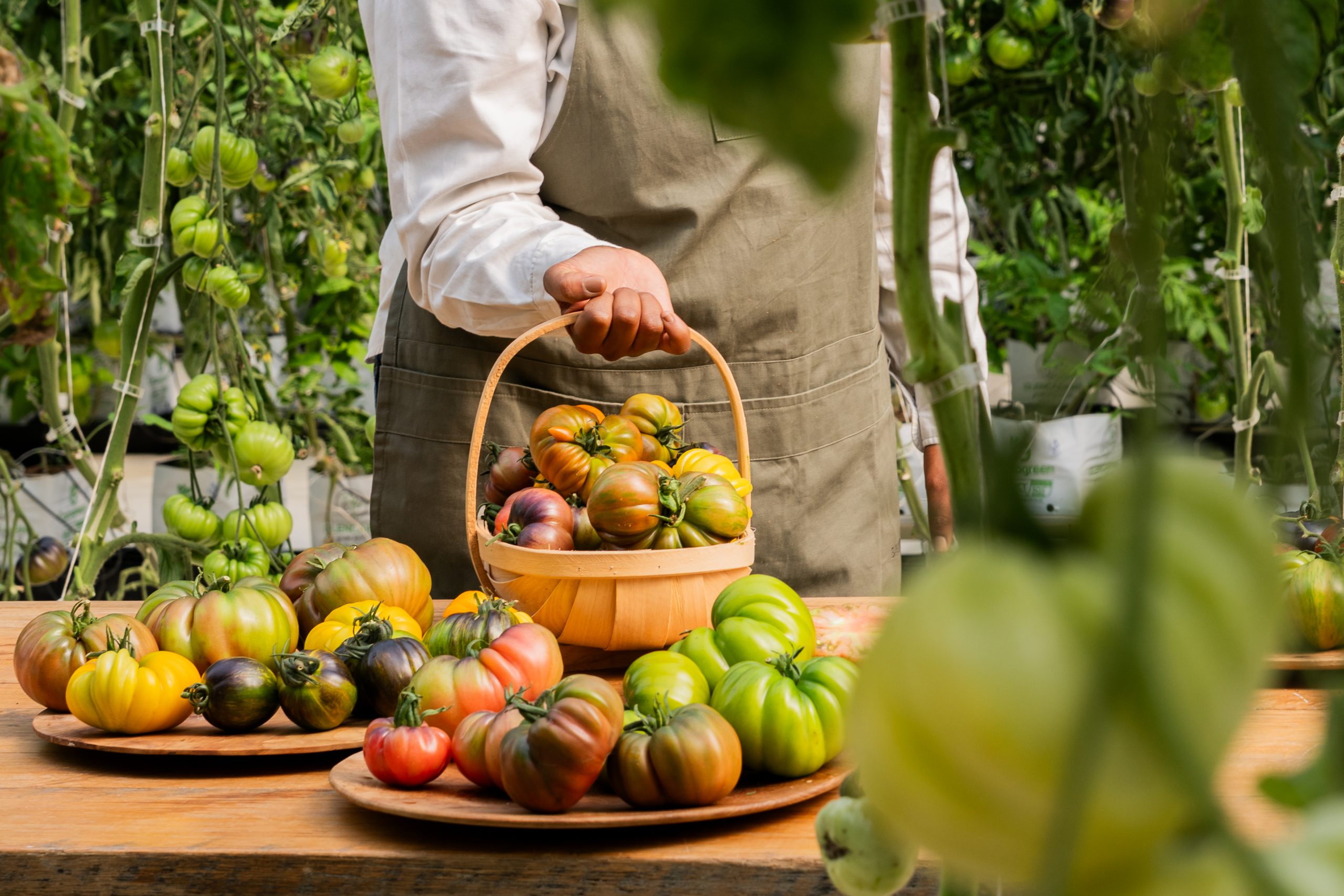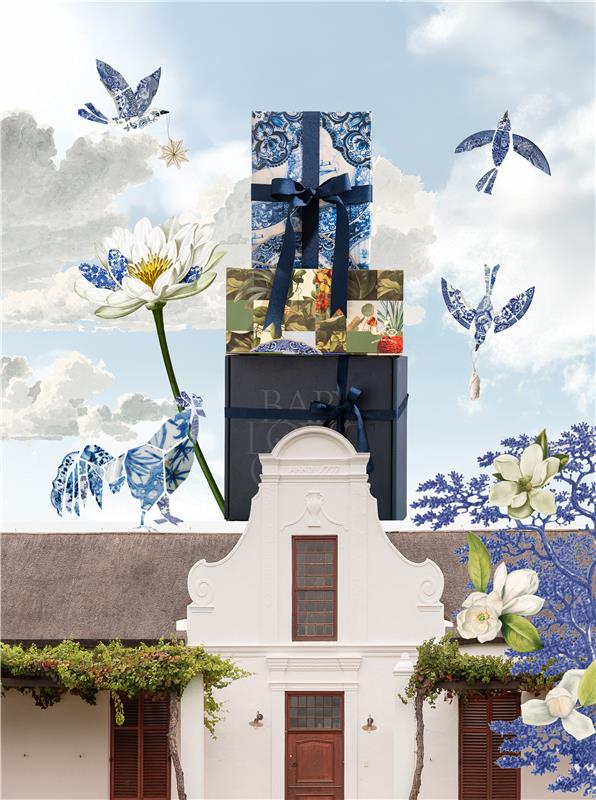We will rock you
July 5th, 2021During the chilly season when most of the gardens and orchards on the farm lie dormant, it is the stones that do all the talking.
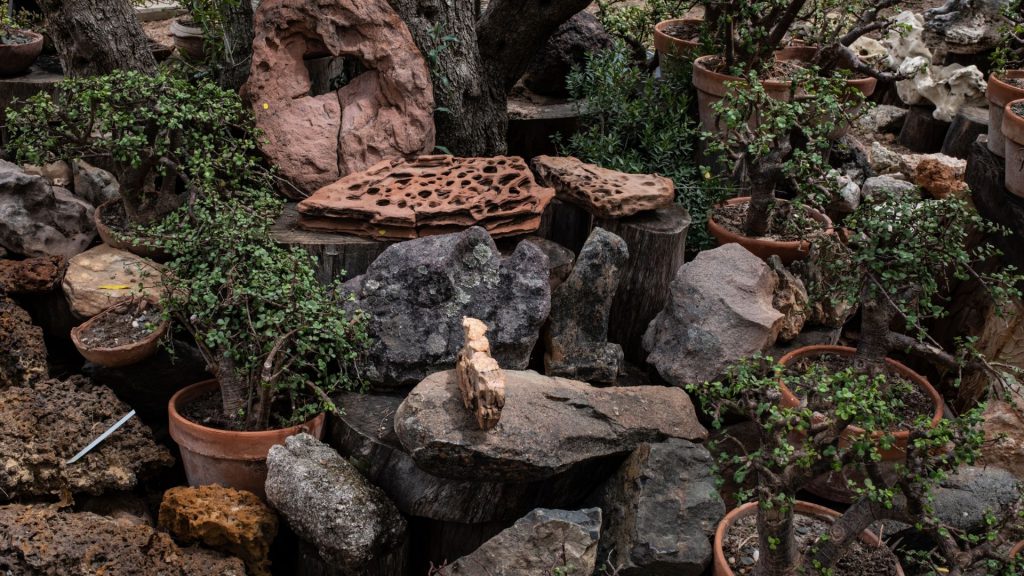
Stone appreciation is an acquired taste, much like developing a palate for wine or olives. Rocks and stones are the building blocks of gardens and agriculture – rocks ultimately decompose to soil, meaning that soil is just rock in a different form. Plants, of course, need soil to grow. This in turn means that what we eat in the form of is indirectly linked to the soil they grow in. Agriculture and gardening depend on soil and so, ultimately, does our whole existence.
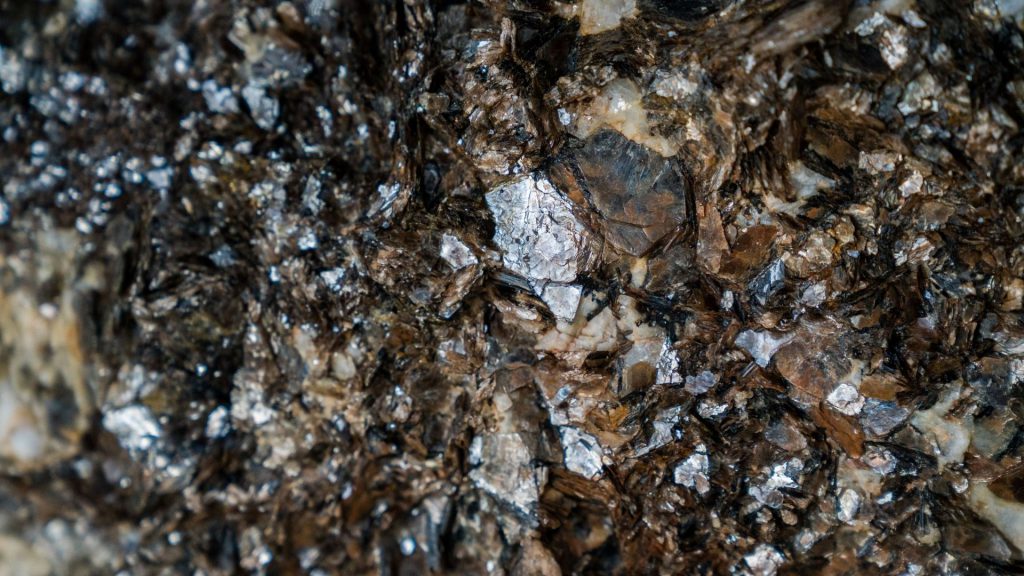
Sometimes, huge rocks are turned into beautiful sculptures by elements of nature such as water and wine. These rocks touch the human soul. They are often landmarks scattered around a landscape, beacons that help the people of the land determine time and direction.
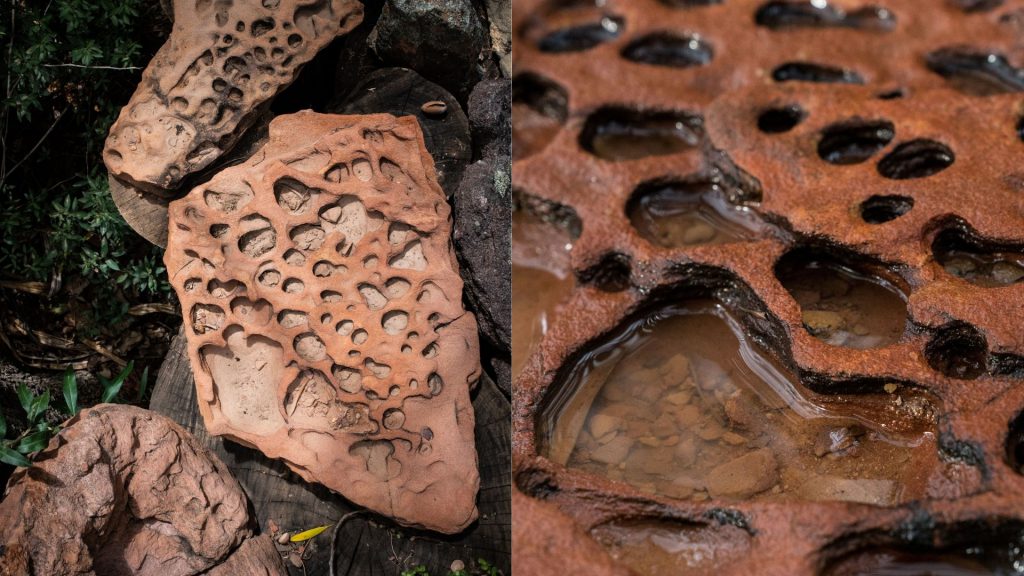
Rock formations or sculptures in gardens can also make an important aesthetic statement in our gardens, like the rocks in our indigenous fragrance garden that represent four arid regions in South Africa. In our Cycad garden, a large rock shaped like our continent creates a moment of pause before you wander among the ancient trees. There is a quiet wisdom that we sometimes sense in the presence of rocks. Earlier civilisations have different words to describe this phenomenon, and they sound eerily alike! In the East, this magical power is described as qi (pronounced “chi”), and in the Kalahari, the San word for rock magic is !gi. Rocks have a way of rendering us both breathless and speechless. Some might say that a rock without qi is just a stone.
In the Puff Adder
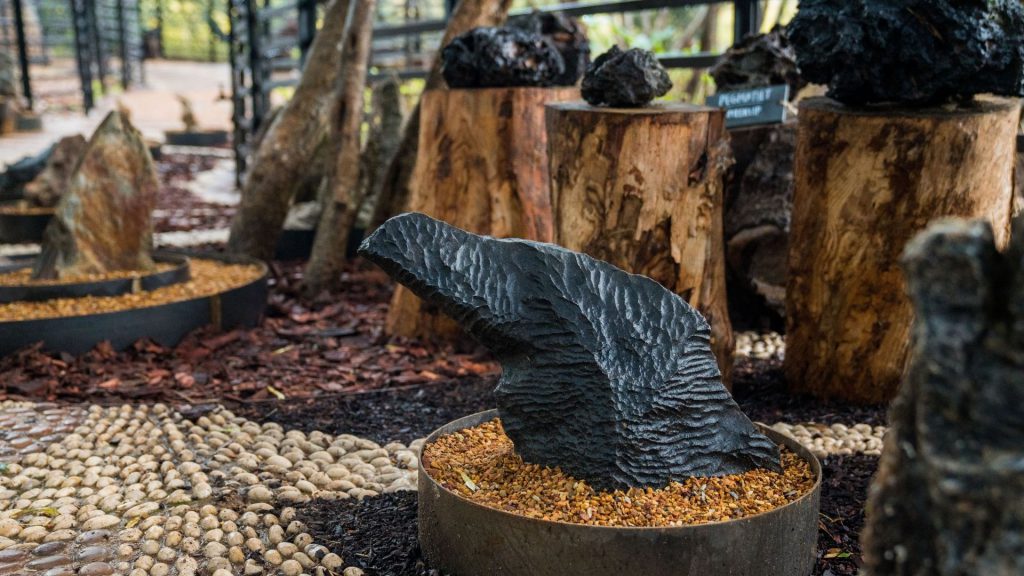
This new display celebrates rocks and stones that are typical of the South African landscape. Sourced from far and wide, our collection of rocks includes 19 of the geological groups that define our farm and surrounding regions. With this collection, we celebrate their importance in agriculture and ornamental gardens, as well as their role in shaping our history. Each stone has been carefully examined, its every curve explored, before being selected by a panel of experts for our collection.
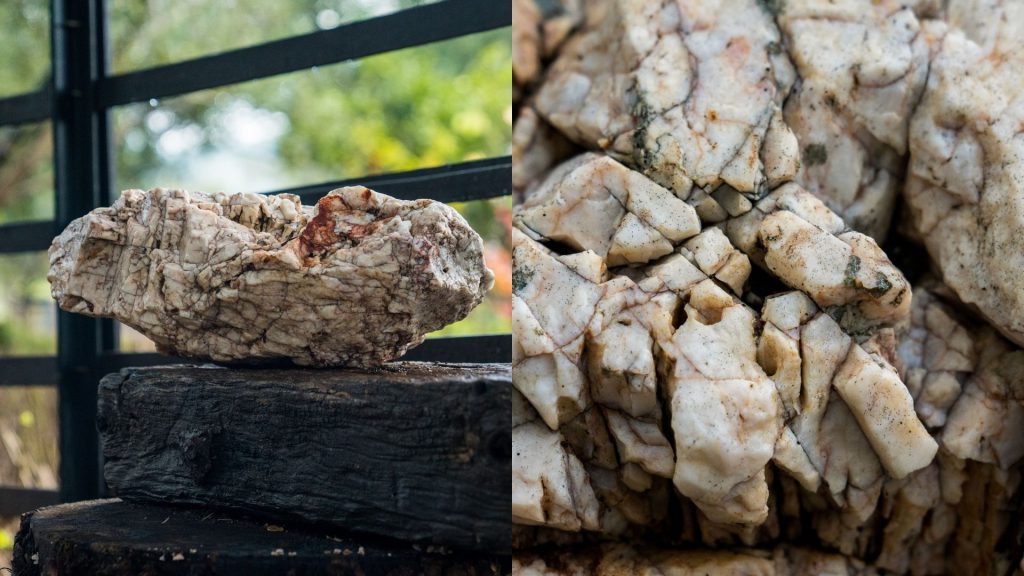
We have invited five knowledgeable experts to participate in the exhibition: well-known geologists, Nick Norman and Jurie Viljoen have identified and described the rocks; Anso le Roux, an ecologist, helped with planning and supply of rock types; Willem Pretorius has looked at the various forms as artwork and Rene Rust and Jan van der Poll have contributed insights into the archaeology, with the different rock types down the ages. It is a celebration of nature’s artistry, so be sure to bring the kids!
Old Bullfrog
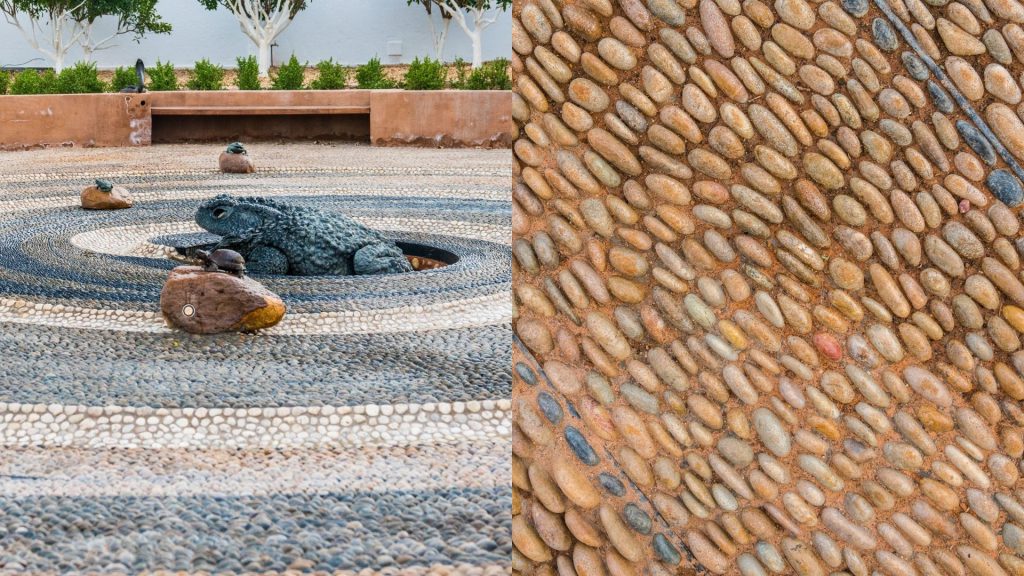
Another novel addition to the farm with a rocky story is the Old Bullfrog (Ou Brulparra). The area next to Babel and the hotel reception has been transformed into a water wonderland to delight children. The new splash spiral, named Old Bullfrog, features lizards and amphibians and a big bullfrog at its centre, spouting water and providing endless fun for young ones. An intricate labyrinth pattern has been created using hand-laid pebbles in different colours, leading littles all the way to the center where Old Bullfrog and his spurts of cool water await small water-boot clad feet.
As with developing a palate for olives, appreciating the importance of rocks is best cultivated from a young age.
